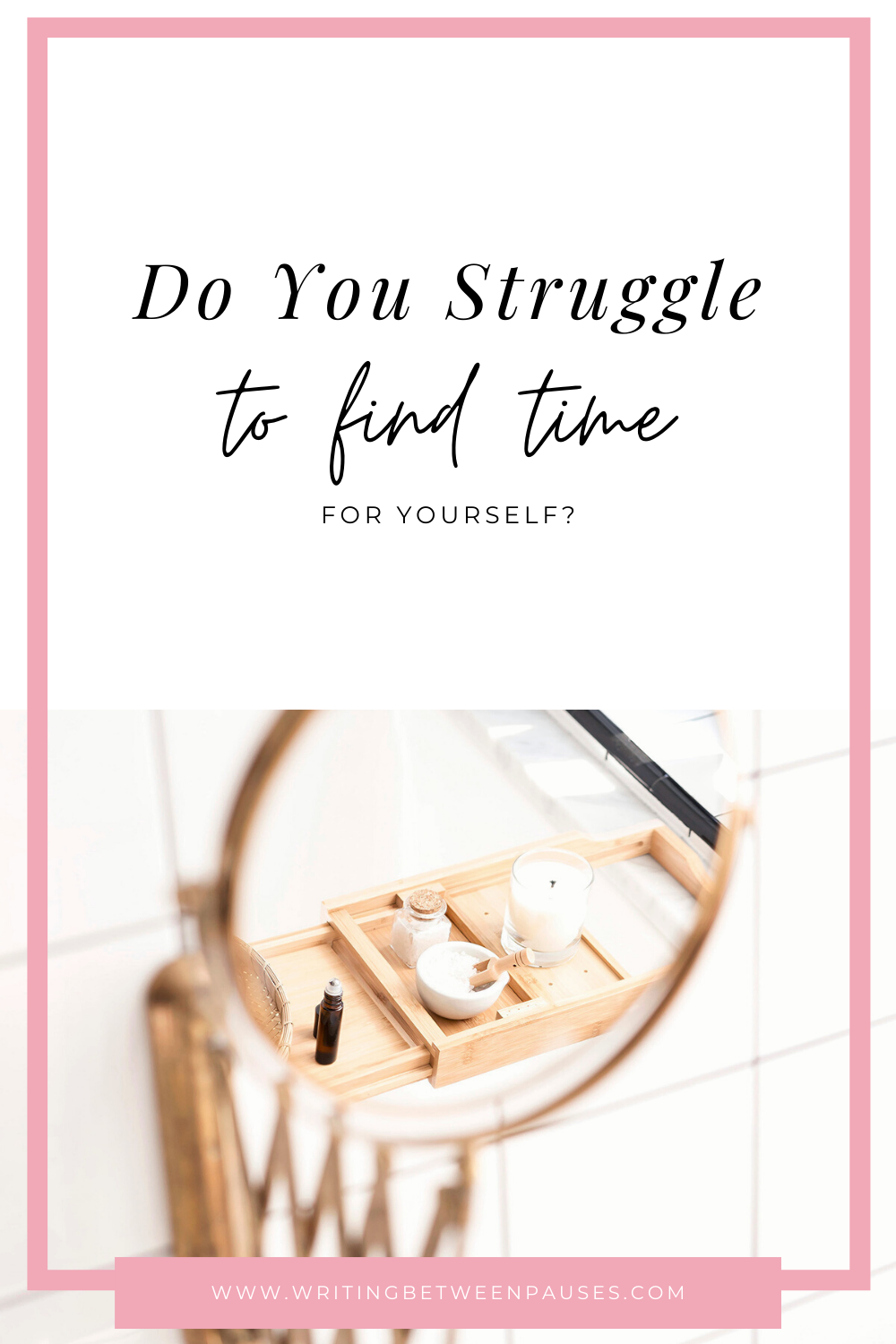Writing and planning social media is, actually, kind of what I do for a living, as a content marketing coordinator. Social media is something I love and am very passionate about. But when it comes to my actual social media channels, I feel a bit like a cat in a sack. I just struggle. Give me a brand or business and I can plan, write, create assets, and schedule like a beast.
Ask me to schedule a few tweets for my own blog (brand? business? What is this thing I'm doing?) and it's like pulling teeth.
For a few months, I was very intense about scheduling social media: I posted several scheduled tweets a day, made graphics, wrote posts for Facebook. I got burnt out very fast. I'm not willing to pay for a scheduling software and I hate Hootsuite. Buffer is my favorite social media scheduling site, but if you want to schedule over 10 posts, you need to upgrade to a paid account. 10 posts lasts about 2-3 days on Twitter; for Facebook, that covers an entire week. So for Twitter, I was having to write and schedule every 2 or 3 days.
Let me just say it: ugh.
It's a lot of work and I found myself going a bit crazy. Here's what I decided to do instead of drive myself insane.
1. Focus on just a few social media networks.
I think Twitter works best as a casual network for me. I get more traffic if I just act like myself, instead of posting scheduled tweets to posts. Also, it's just more fun. The social media networks I put the most energy and planning into are Pinterest and Instagram. That cuts out the stress of posting on Twitter, Facebook, Pinterest, and Instagram everyday. I do try to post on Facebook once a week, but rarely do I meet that goal. I get almost no traffic there!
2. Do what works for you.
When it comes to Instagram, it can feel a bit like a game. However, I find that I get the best followers & engagement when I'm authentic. To me, that includes:
- posting cute, candid stuff in my stories
- writing longer captions
- creating graphics
- not sticking to any one theme
I do not like themed Instagrams, as a rule, but I am experimenting with using stock photos recently. Mostly because by the time I remember to take photos, it's 8pm at night and there is no light. That's just what works for me; others don't love it! That's ok.
3. Don't feel like you have to do what others do.
This is important: you'll see some things that seem to be working for others, like scheduling the same tweet over... and over... and over day after day.
That doesn't work for me. Because I get tired and bored and don't have that level of patience, I'll admit it. What works for me are the most passive forms of social media marketing: using images and graphics that are optimized for Pinterest, Instagram, and chatting on Twitter. That's what works for me. Minimal effort, maximum output!
For Pinterest, I highly recommend group boards; I have three group boards that I pin 5 posts to every day. Alongside my usual daily Pinning, that's all I do. (Oh and make sure to pin your new posts to Pinterest! I always forget. Hashtag-expert, right?)
4. Keep a list of ideas.
Throughout my day, I'll often have moments of, "this would be a great post!" Or I'll see something that I think would be a pretty photo. I keep a note on my phone where I write those ideas (it's very messy). Some of them I never actually go through with, but some I do. "Planning" for me is more about having a treasure trove of ideas that I can dip into when I know I need to post something of substance.
Did you enjoy this post? If so, take a moment to please subscribe to my newsletter!





























